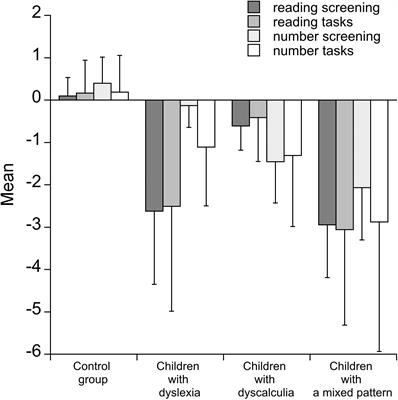EDITORIAL
Published on 09 Apr 2020
Editorial: Integrating Time & Number: From Neural Bases to Behavioral Processes Through Development and Disease
doi 10.3389/fnhum.2020.00129
- 2,682 views
12k
Total downloads
67k
Total views and downloads
EDITORIAL
Published on 09 Apr 2020
ORIGINAL RESEARCH
Published on 28 Jun 2019

ORIGINAL RESEARCH
Published on 25 Jun 2019
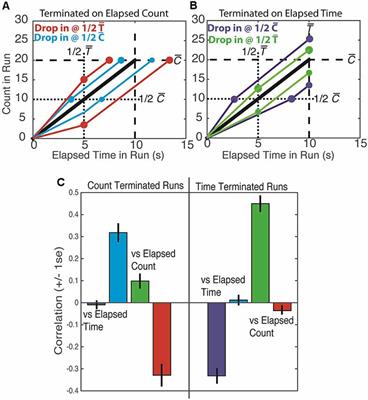
ORIGINAL RESEARCH
Published on 06 Mar 2019
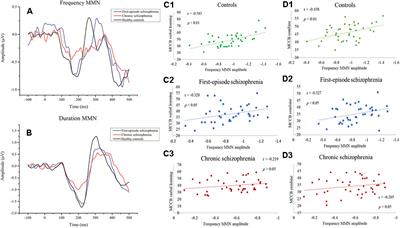
ORIGINAL RESEARCH
Published on 29 Jan 2019
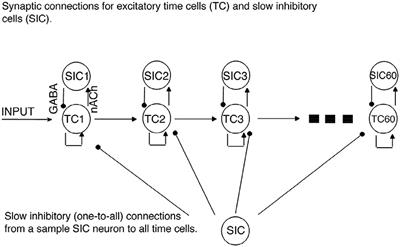
MINI REVIEW
Published on 29 Jan 2019

ORIGINAL RESEARCH
Published on 21 Dec 2018

ORIGINAL RESEARCH
Published on 21 Dec 2018
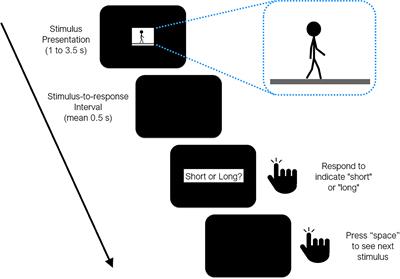
ORIGINAL RESEARCH
Published on 02 Oct 2018
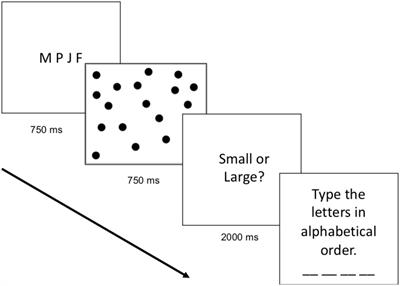
ORIGINAL RESEARCH
Published on 10 Jul 2018
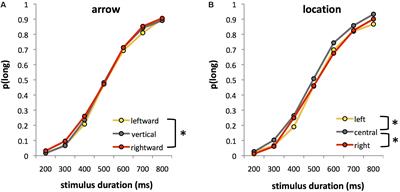
ORIGINAL RESEARCH
Published on 21 Mar 2018

ORIGINAL RESEARCH
Published on 20 Feb 2018
